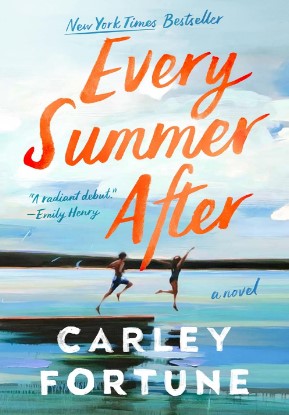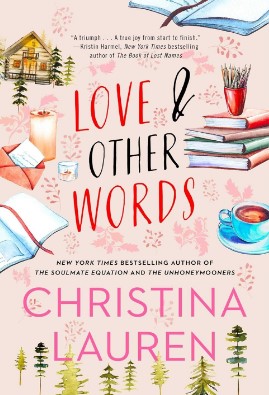When I finally picked up Emily Brontë’s “Wuthering Heights,” I knew I was in for a unique experience.
This novel, published in 1847 under the pen name Ellis Bell, is Emily’s only book, and it’s a powerful tale that has intrigued and mystified readers for generations.
Emily had to publish under a male pseudonym due to the gender biases of her time, and the novel’s unique style and raw intensity often led critics to assume it was written by a man.
Set in the moorlands of Yorkshire, “Wuthering Heights” spans several generations, centering around the Earnshaw family and their farmhouse, Wuthering Heights.
The novel’s storyline, filled with moments of cruelty and passion, is primarily narrated by the housekeeper, Miss Nelly, to Mr. Lockwood, a tenant at the neighboring Thrushcross Grange.
This narrative structure was groundbreaking for its time, contributing to the book’s initial mixed reception.
Read Also:
The Psychology of Money by Morgan Housel: A Review
To Kill a Mockingbird by Harper Lee: A Review
Things Fall Apart by Chinua Achebe: A Review
The plot kicks off when Mr. Earnshaw, the head of the family, brings home an orphan named Heathcliff, asking his children, Catherine and Hindley, to treat him as one of their own.
The budding love between the wild Heathcliff and the sweet Catherine quickly becomes a central theme, and Emily Brontë masterfully weaves a tale of love and revenge that captivated me from the start.
What struck me most about “Wuthering Heights” was its vivid depiction of the harsh moorlands and the intense, often brutal, emotions of its characters.
The love story between Heathcliff and Catherine is anything but conventional. Their relationship is tempestuous and destructive, making it a compelling read.
The novel’s gothic elements, combined with its exploration of the darker sides of human nature, create a chilling and eerie atmosphere that lingers long after you’ve turned the last page.
Emily Brontë’s portrayal of strong, resilient female characters also stood out to me. In an era when women were expected to conform to strict societal roles, her characters defied these norms, symbolizing a rebellion against the patriarchal society of 19th-century England.
Brontë’s act of writing and getting her work published was a form of defiance, paving the way for future female writers.
Despite the novel’s complex themes and sometimes challenging dialects—Joseph’s dialogue, in particular, was tough to decipher—I found “Wuthering Heights” to be an enthralling read.
The latter part of the story, featuring the love tale between Linton and Catherine Junior, added a heartwarming touch amidst the darkness.
The suspense built up towards the end kept me on the edge of my seat, and the final revelations were both shocking and satisfying.
“Wuthering Heights” is not just a romance; it’s a profound exploration of the human psyche, power dynamics, and societal constraints.
It’s a gothic novel that cannot be ignored, and I highly recommend it to anyone who appreciates classic literature with a dark, thrilling twist.
Purchase your copy on Amazon Today and enjoy the thrilling twist.

